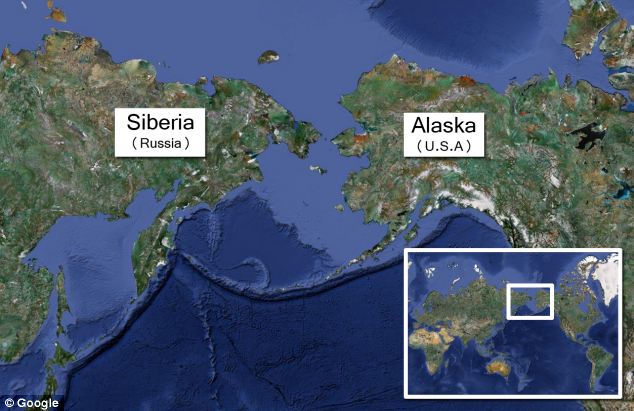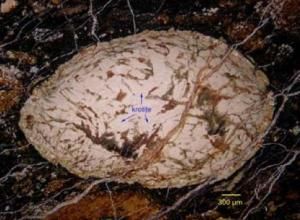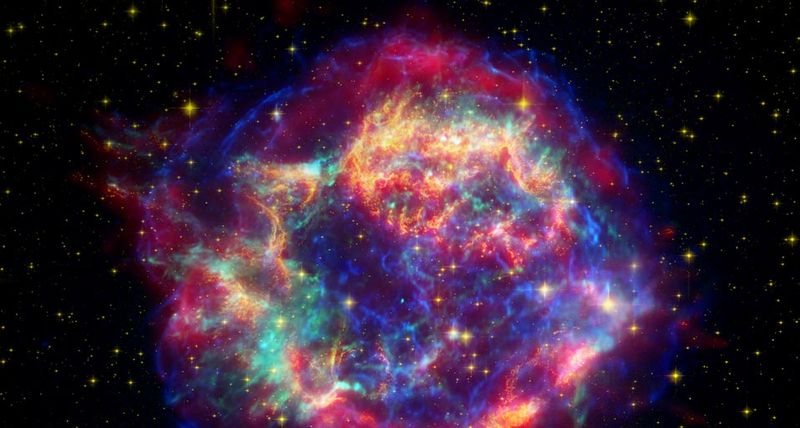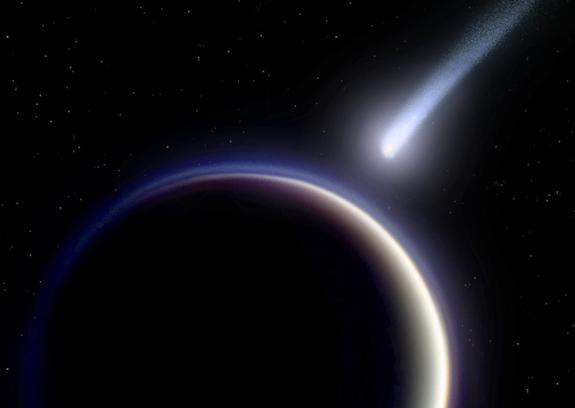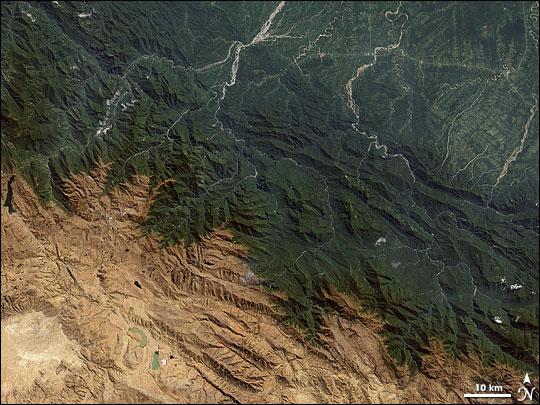
© Healthline and GE Healthyimagine Anatomical views: BodyMaps, a 3-D visual search tool, allows a user to search and navigate the human body. Shown at left is the left ventricle of the heart. Pop-up text gives definitions, descriptions, and common conditions. At right, the “deep muscle” view of the knee shows layers of the body from the skin and muscles down to the arteries, vessels, and bones.
The first online 3-D interactive
search tool of the human body was released today. It allows a user to view and navigate the human anatomy, male or female, down to the finest detail - from the muscles and deep muscles to the nerves, arteries, vessels, and bones. This new tool, called BodyMaps, was developed by
Healthline Networks, a company that provides medical information to consumers online, and
GE Healthyimagination, a Web-based platform that shares and promotes projects that focus on consumer health, such as apps or healthy how-to videos.
BodyMaps is a consumer tool developed to educate the user on health conditions or medical ailments. At the center of the BodyMaps page is a 3-D image of the body; at left is textual information about the body section being shown. As a user mouses over the text, the section of the body in the image is highlighted, and vice versa if a user mouses over the image. At the bottom is a scrubber that lets the user rotate the body 360 degrees. The page also features videos, tips on staying healthy, information on symptoms and conditions, and a definition of the section in view.
The user can select a body region to explore by clicking the text or image, or by using the search tool. Selecting shoulders generated a crisp, high-definition 3-D image of the shoulder section, starting at the skin level, with the option to click through to see the muscles, nerves and vessels, and bone. Choosing the deltoid muscle, a definition popped up and the remaining muscles were shaded out. An option to read more provided a lengthy definition and description of the muscle, including common injuries and their causes and symptoms.



